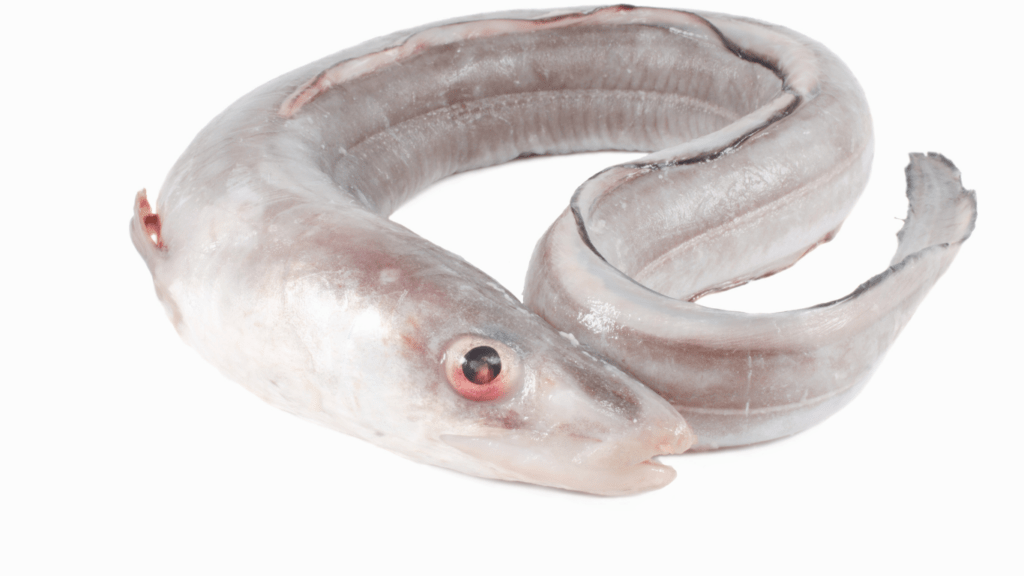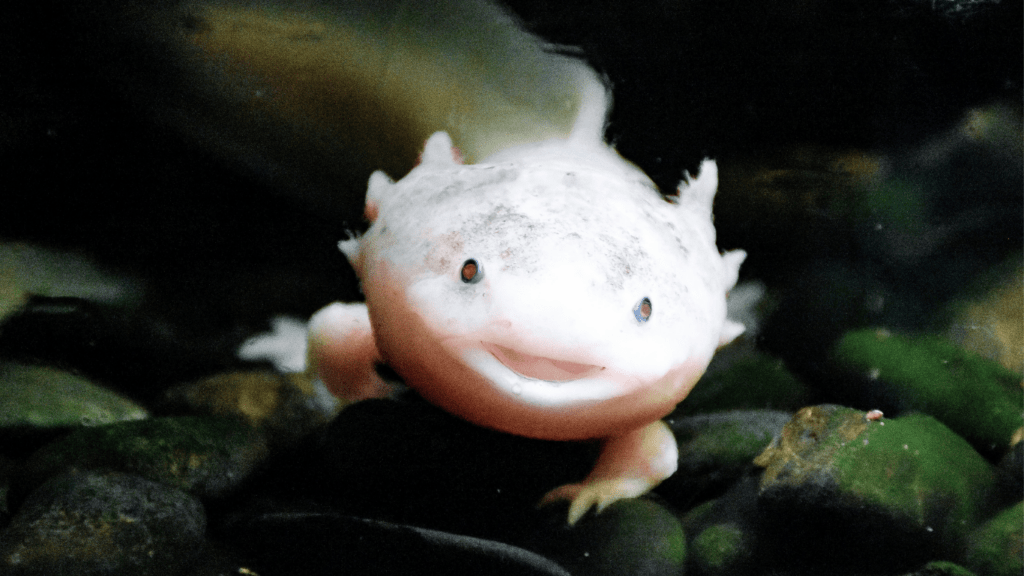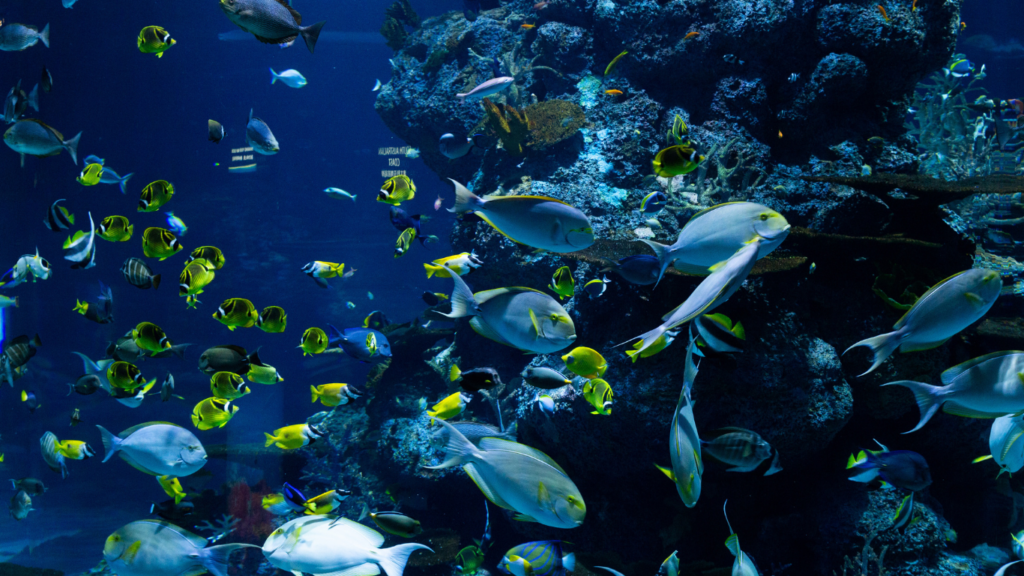Discovering Albino Wonders
Anglers have encountered albino fish displaying strikingly pale pigmentation and unique adaptations. These rare catches often include species like:
- catfish
- trout
- eels
with their translucent scales and pinkish eyes ensuring they stand out in any aquatic environment. Each find underscores the rarity of their genetic mutation.
Several notable catches have emerged in recent years. In 2020, an albino bluefin tuna, weighing over 220 pounds, was caught off the coast of Spain, dazzling marine enthusiasts worldwide. In 2021, an angler in the UK captured a rare albino catfish in a private fisheries lake, measuring over 3 feet and boasting vibrant white scales.
These discoveries raise questions about their survival in the wild. Their lack of camouflage can make them vulnerable to predators, and exposure to sunlight may harm their sensitive skin. These challenges amplify the fascination and awe surrounding their existence.
Characteristics Of Albino Fish
Albino fish are instantly recognizable due to their distinctive appearance and the genetic traits that set them apart from others in their species. These unique features make them some of the rarest and most fascinating aquatic creatures.
Unique Physical Traits
- Albino fish display a complete lack of pigmentation, giving their skin and scales a near-translucent white or pink hue.
- This results from a genetic mutation affecting melanin production.
- Their eyes are usually red or light pink due to the reflection of blood vessels.
- Some species, like albino catfish, exhibit a uniform white body, while others, such as trout, show faint patterns over pale coloring.
- These adaptations make them highly visible in their aquatic environments, often adding to their allure.
Reasons Behind Their Rarity
The rarity of albino fish stems from the genetic mutation causing albinism, which is uncommon in most aquatic populations. For albinism to occur, both parents must carry the recessive gene, significantly reducing its likelihood.
Additionally, survival challenges in the wild further explain their scarcity. Their striking visibility makes them easy targets for predators, while sensitivity to sunlight can damage their skin and eyes, hindering their survival in sunlit waters.
Notable Albino Fish Catches
Rare albino fish catches have captivated the fishing community in recent years. Their striking appearance and genetic rarity make each discovery a remarkable event.
Record-breaking Discoveries
Some albino fish have achieved record-breaking status due to their size and uniqueness. A 220-pound albino bluefin tuna, caught off the Spanish coast in 2020, stunned the fishing world with its massive size and snow-white appearance. In 2021, an angler in the UK landed a 3-foot albino catfish, which became a subject of fascination for its unusual coloration and impressive size. Another noteworthy catch included an albino eel weighing over 16 pounds, found in New Zealand’s Waikato River, highlighting the global nature of these discoveries.
Anecdotes From Anglers
Anglers often share incredible stories about their encounters with albino fish. In 2022, a fisherman in the United States recounted catching a rare albino rainbow trout in a high-altitude stream, describing its pearly hue as unforgettable. Another tale came from an Australian angler who caught an albino barramundi, a species already revered for its culinary value, adding a layer of rarity to the experience. These personal accounts emphasize the awe and excitement such catches generate among fishing enthusiasts.
The Science Behind Albinism In Fish

Albinism in fish arises from distinct biological mechanisms that involve genetic mutations and environmental factors. Understanding these processes helps explain the rarity and challenges of albino fish in their natural habitats.
Genetic Factors
Albinism results from mutations in genes responsible for melanin production, the pigment determining:
- hair
- skin
- eye coloration
In fish, these mutations disrupt enzymes like tyrosinase, halting melanin synthesis and causing a pale or translucent appearance. Both parents must carry the recessive gene for albinism to occur, making these fish extremely rare. For example, studies on albino catfish identify genetic defects in specific melanin-related enzymes, further illustrating the inheritable nature of this condition.
In albino fish, ocular characteristics like red or pink eyes stem from a lack of pigmentation in the retina, allowing blood vessels to become visible. These traits, combined with colorless scales, create the ghostly visuals often seen in albino species like trout or eels.
Environmental Influences
While genetics drive albinism, environmental factors can directly impact the survival and visibility of albino fish. Due to their lack of natural camouflage, albino fish stand out in aquatic ecosystems, making them more likely to fall prey to predators. For example, albino salmon often experience higher predation rates in clear rivers where their pale coloration cannot blend with surroundings.
Sensitivity to ultraviolet light also poses a significant challenge. Without melanin, albino fish are highly susceptible to UV-induced tissue damage, particularly in shallow or sunlit waters. These constraints reduce their chances of thriving in the wild, contributing to their rarity and status as a biological marvel.
Conservation And Protection Efforts
Protecting albino fish ensures their survival and helps preserve biodiversity. Their rarity requires targeted efforts to mitigate threats and support their populations.
Preserving Rare Species
Initiatives focus on habitat protection, genetic studies, and breeding programs. Marine reserves safeguard environments where albino fish, like albino catfish or eels, may exist by minimizing human interference and pollution. Genetic research explores albinism to better understand how to sustain these populations. Selective breeding programs in controlled settings help maintain hereditary diversity and increase numbers.
Examples include breeding programs in Europe designed to propagate rare trout species and efforts in Australia that conserve ecosystems housing albino barramundi. Government regulations restricting overfishing also indirectly benefit these rare variants by protecting their natural habitats.
The Impact On Fishing Communities
Rare albino fish captivate more than just enthusiasts—they influence fishing communities in profound ways. From economic opportunities to cultural reverence, these unique catches leave a lasting impact.
Economic Significance
Albino fish generate significant economic interest due to their rarity and value. Auctions of rare catches, like the 220-pound albino bluefin tuna sold in Spain, command premium prices from collectors and chefs. These high-profile events attract tourism, benefiting local economies as visitors flock to regions known for extraordinary finds. Fishing gear sales also spike, fueled by enthusiasts hoping for their own rare catch.
Marketing possibilities arise from albino fish sightings, as seafood restaurants and local businesses capitalize on the publicity. For instance, commercial fisheries, drawing attention to regions with albino fish, often see increased demand for related products. These rare finds not only elevate the market value of local catch but also sustain livelihoods in fishing-dependent communities.
Cultural Importance
Albino fish often hold symbolic significance in local traditions and folklore. In some cultures, they’re viewed as omens or spiritual symbols, celebrated in festivals or ceremonies. For example, communities in Southeast Asia consider albino fish auspicious and honor them as a sign of prosperity or good luck.
These rare creatures inspire stories passed between generations, fostering a sense of shared identity within fishing communities. Additionally, the excitement over albino fish sightings often unites individuals, sparking discussions on conservation and biodiversity. Such cultural ties influence how these communities perceive and interact with both nature and tradition.





